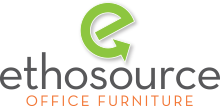The Open Office.
It’s been discussed before, and most likely, it will be discussed again. But due to the fact that the workplace is constantly changing, there is justification as to why these topics continued to be reviewed and conversed. We know that the open office has become a developing office trend that promotes and encourages the notions of collaborative thinking and working between coworkers. It’s currently the biggest fad in the world of office design, but like any fad, there’s question of how long it will last, or if a simple fad is all it will be.
It seems that more and more people are jumping on the open office band wagon and limiting the private office areas to only their top executives and decision makers. This design encourages coworker interaction and prevents employees from trying to slack off or hide in their cubicles. But out of the two front-running reasons that this type of office has taken off, neither of them include an increase in productivity. It seems that most companies, similar to a teenagers perception of a new fad, just wanted to be one of the first to jump on a new trend, falling for the hype of it all. But part of the reason these companies do so is because of the second reason: it’s cheaper to maintain. Companies with an open office layout benefit from the cost savings of an open office, having eliminated additional lighting, heating and cooling, while requiring less installation labor and fees.
But while your company is saving money on these things, what is the cost on long-term productivity and happiness of the employees? Visuals of these offices undoubtedly appear “fresh” and exciting, but how do they measure up when it comes down to the simple goal day in and day out of getting work done.
An article in The New York Times shared how simplistic the idea of the open office has truly become. Architect, Clive Wilksinson, has dwindled the new office trend down to a single table, calling it the “Super Desk.” His design was created for the New York digital creative agency, The Barbarian Group, and all 125 employees can sit at the 1,100 foot long structure.
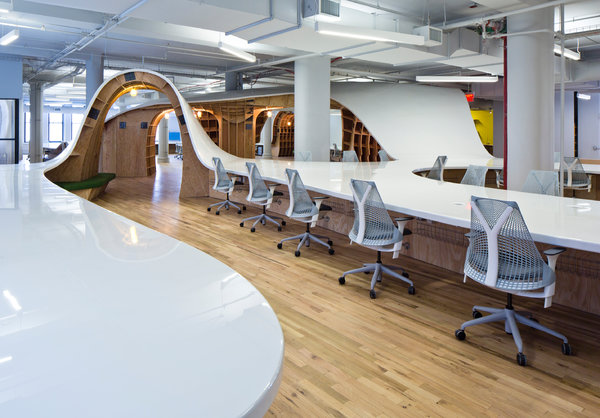
So there are those of us who suffered slight anxiety when they couldn’t find a private table at the college library to study and those of us who would head to a local coffee shop when a project needed to be done in order to get some quiet. Well for those of you who fit one of these categories or even just those of you who like to claim a little personal spaces while they work, this workspace design couldn’t be worse for you.
The thought behind the design was complete flexibility and cohesion between people and ideas. Wilkinson mentions how our need for paper is gradually fading, so our need for storage and personal space is as well. However, despite its pleasing aesthetics and modern appeal, office furniture has to be more than just that; it has to be functional too. The fact of the matter is, we still need paper, and so we still need pens, folders, and filing. We still have personal belongings like wallets, purses, phones, etc. that need safe keeping. We still have a need for personal space, no matter how we engage differently with one another in the workplace. It’s just part of human nature. And as humans, we also like a sense of control. That uncomfortable feeling of sitting in a waiting room with the AC turned up just a little too high or being stuck outside on a really sunny day without sunglasses or shade. It may seem a stretch in comparison, but the premise is the same: we enjoy the ability and authority to change the things we don’t like, and if we can’t, we aren’t happy. Unhappy employees aren’t productive. You can’t please everyone in the same surroundings, and you can’t expect them to all work the same way. The open office forces a very one dimensional way of working and being, and it’s impossible for everyone to benefit in the same way.
Employees also like the option to shut out noise and commotion that can be very distracting when trying to work. It’s one of the main reasons the office came to be in the first place. It gives us the ability to separate the social from the professional. In many cases, the two can be a perfect pair for a successful business endeavor, but noise, music, conversation, and whatever else is polluting the open office environment can be overkill to your senses. It gives your brain extra work to shut it all out and takes away from your actual focus. The New Yorker shares these concerns and many more in their article ” The Open Office Trap.”
So to conclude, it may seem as there are always two sides to the open office argument, but really, it’s not that simple. The term doesn’t necessarily have to mean the same thing to every office. Every style is different and so is every coworkers’ daily responsibilities. If the goal of the open office is to encourage collaboration and productivity, then why can’t that mean more informal meeting areas throughout the office or workstations built to be shared by a handful of coworkers with a communal meeting area between them. I think the open office is far from the simplicity of a single table and a couple of chairs. The open office should be designed and created through the same work notions that it promotes. It should be creative, innovative and unique to its users.
At EthoSource, we’ve specialized in Refurbishing Herman Miller Ethospace cubicle systems since 2001, but we’ve certainly seen it change and develop with the new trends along the way. The beauty of a cubicle system like Ethospace is its ability to combine the complexity of a versatile office space with the simplicity and collaboration of an open office. It’s the best of both worlds, featuring endless design possibilities that don’t have to sacrifice the private and distraction-free work zone you need. The opportunities with a cubicle system like this is exactly what the open office should represent. Because like the system itself, its definition is complex and not the same for every company. Today’s society is all about limitless possibilities, and that’s just what the modern workplace needs to reflect too.
[wpcol_1half id=”” class=”” style=””]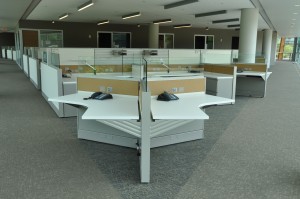 [/wpcol_1half] [wpcol_1half_end id=”” class=”” style=””]
[/wpcol_1half] [wpcol_1half_end id=”” class=”” style=””]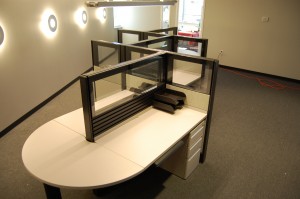 [/wpcol_1half_end] [wpcol_1half id=”” class=”” style=””]
[/wpcol_1half_end] [wpcol_1half id=”” class=”” style=””]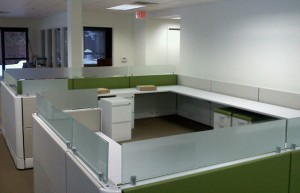 [/wpcol_1half] [wpcol_1half_end id=”” class=”” style=””]
[/wpcol_1half] [wpcol_1half_end id=”” class=”” style=””]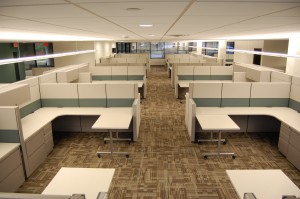 [/wpcol_1half_end]
[/wpcol_1half_end]
So, get creative! What does the open office look like to you?
